How to Fix System Service Exception Netio.sys In No Time
The System Service Exception Netio.sys error on your computer is causing a Blue Screen of Death (BSOD) and making your system restart. I know this can be a bit of a hassle, but I’m here to help you fix it. We’ll go through some simple solutions together to get your computer back to working properly. So, let’s get started and sort this out in no time.
What causes the System Service Exception Netio.sys error?
The system service exception Netio.sys errors are caused by outdated or corrupt drivers. However, while doing my research to fix this commonly occurring issue, I’ve discovered that this is one of the few errors that is meant to stop your device and allow it to attempt to fix the problem before you do. Unfortunately, this error might occur due to other reasons too, such as:
- Faulty RAM: Issues with the computer’s RAM can cause a variety of Blue Screen of Death errors, including the System Service Exception Netio.sys.
- Software Conflicts: Sometimes, installed software can conflict with system processes or other software, leading to system crashes.
- Corrupted System Files: Essential system files that have become corrupted can cause the operating system to crash, resulting in this error.
- Malware or Virus Infection: Malicious software can target and corrupt system files or drivers, leading to system instability.
- Network Hardware Issues: Problems with network-related hardware like network cards can trigger network-related system errors.
- Windows Compatibility Issues: Running software or drivers that are not fully compatible with the version of Windows on the computer can cause system crashes.
- Overheating: Overheating can lead to hardware malfunction and system instability, potentially resulting in a System Service Exception Netio.sys error.
How to fix System Service Exception Netio.sys?
- Update Windows
- Update Device Drivers
- Use a Third Party Tool to repair possible damage
- Run Windows Memory Diagnostic
- Check for Hard Drive Errors
- Disable Hardware Acceleration in Your Browser
- Uninstall Recent Windows Updates
- Run System File Checker
- Check for Software Conflicts
- Perform a Clean Boot
- Run a DISM
- Check for Malware
- Restore Your System
- Disable your VPN
1. Update Windows
1. Open the Start menu and click on the Settings gear icon.
2. Navigate to Update & Security and click on Windows Update.
3. Click the Check for updates button.
4. If updates are available, click Download and install.
5. Follow any additional prompts to complete the update process.
6. Restart your computer once the updates are installed.
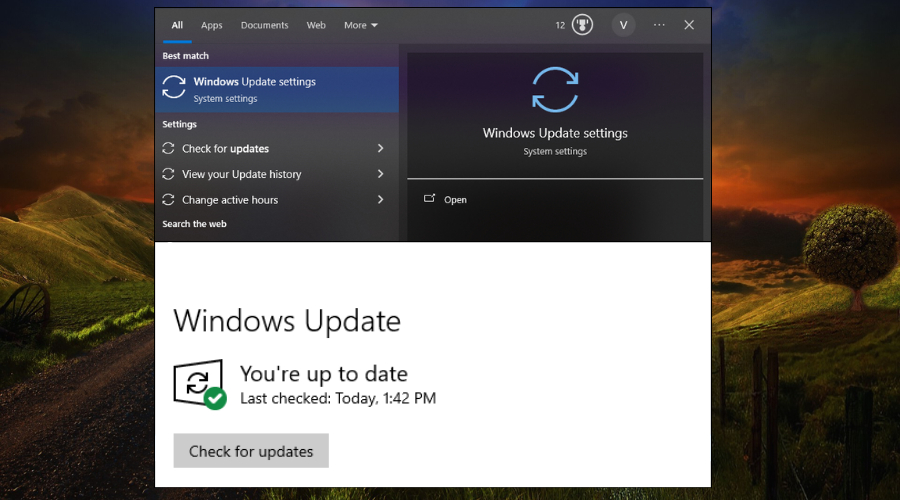
2. Update Device Drivers
1. Press Win+X and select Device Manager.
2. Open the Drivers Adapters tab.
3. Right-click on the GPU driver and select Update driver.
4. Choose Search automatically for updated driver software and follow the prompts.
5. Restart your computer to apply any updates that were installed.
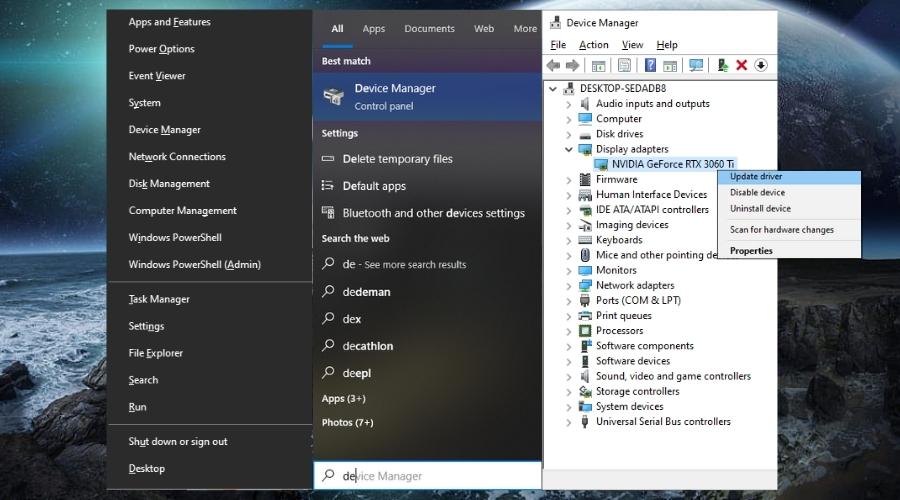
3. Use a Third Party Tool to repair possible damage
One of the best PC tune-up tools that you could use is Fortect because it has multiple options when it comes to fixing device-related problems such as DLL errors, security issues, and privacy breaches.
1. Download Fortect on your PC.
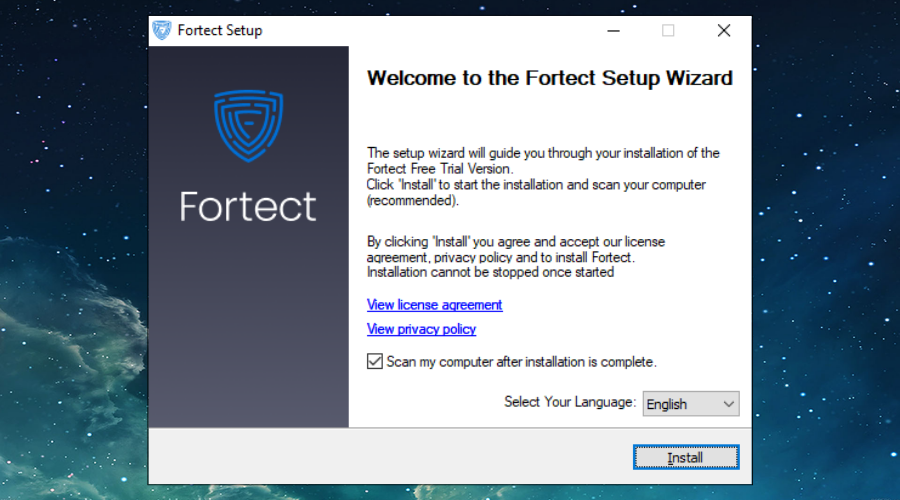
2. Install and Launch the software and Start scanning.
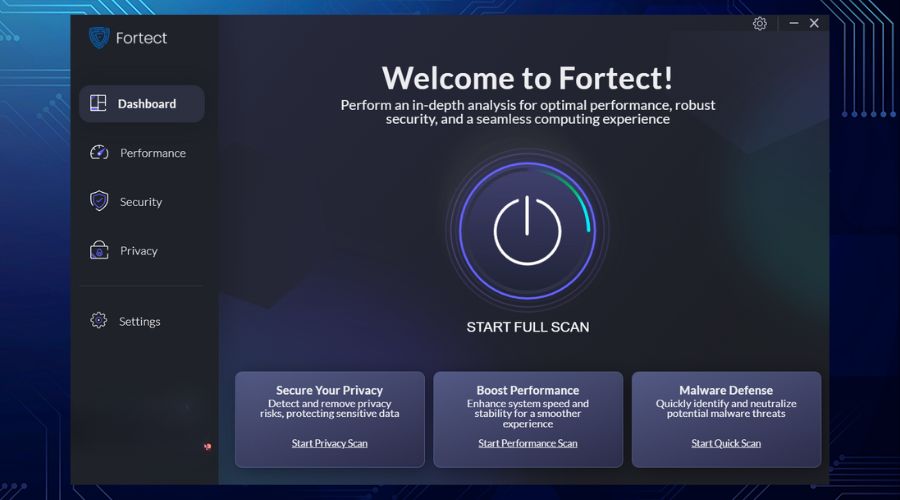
3. Fortect will detect a variety of system-related problems and feature them for you.
4. Click on Start Repair to start the process fixing your system errors.
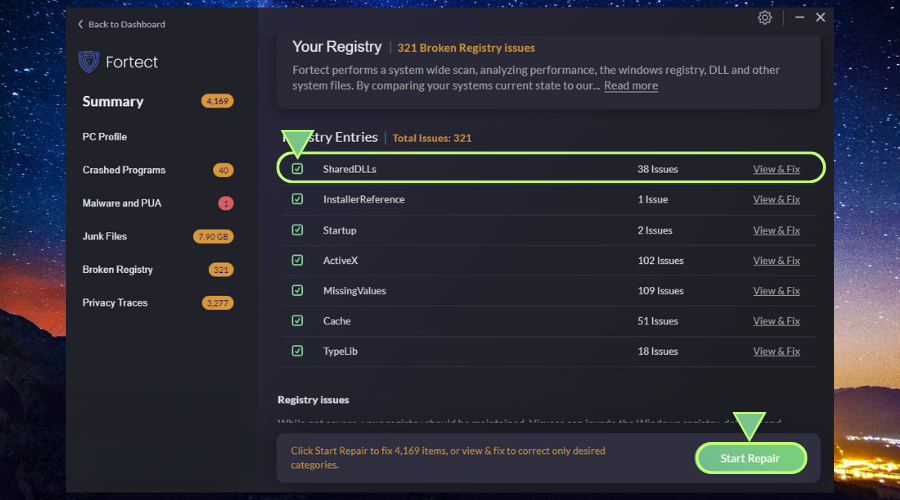
5. When the repair is done, restart your device.
Tip: If you ever encounter missing DLL issues such as Concrt140_app.dll Missing Error, Fortect will get rid of the problem in no time.
4. Run Windows Memory Diagnostic
1. Press Win+S and type Windows Memory Diagnostic.
2. Open it and choose Restart now and check for problems.
3. Your computer will restart and check for memory problems.
4. After the check is complete, review the results to see if any issues were found.
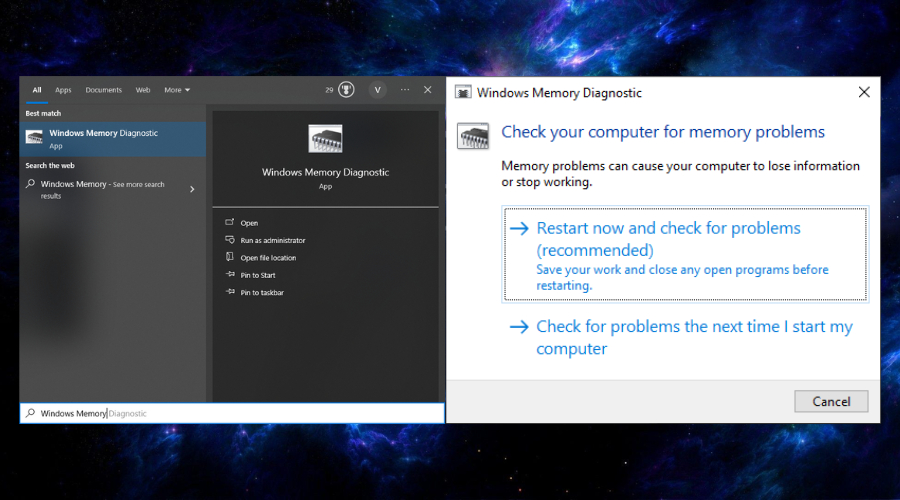
5. Check for Hard Drive Errors
1. Press Win+S and look for the Command Prompt, then run it as administrator.
2. In the command prompt, type chkdsk /f and press Enter.
3. If prompted to schedule the check for the next restart, type Y and press Enter.
4. Restart your computer to allow the tool to check and repair disk errors.
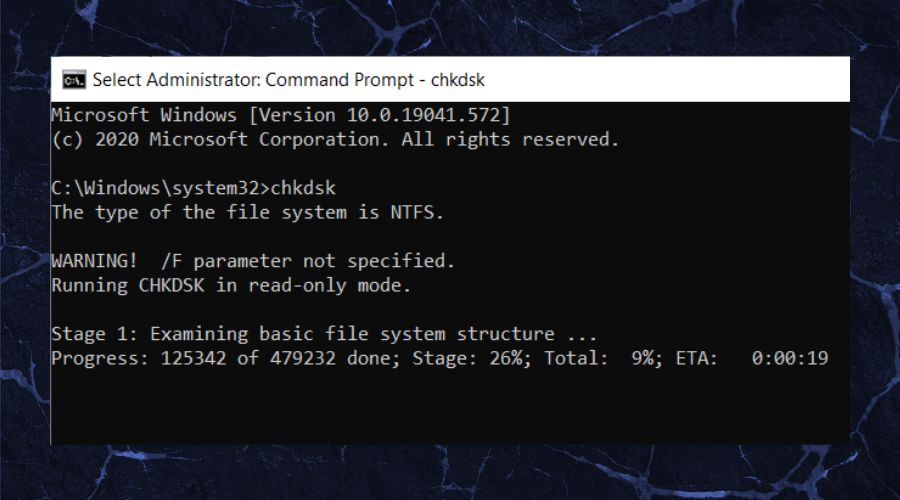
6. Disable Hardware Acceleration in Your Browser
1. Open your web browser and go to its Settings or Options menu.
2. Navigate to the Advanced, System, or Performance settings (this varies by browser).
3. Look for a setting named Use hardware acceleration when available and disable it.
4. Restart your browser for the changes to take effect.
7. Uninstall Recent Windows Updates
1. Open the Settings menu from the Start menu.
2. Go to Update & Security and select View update history.
3. Click Uninstall updates.
4. Select the most recent update from the list and click Uninstall.
5. Follow the prompts to complete the uninstallation and restart your computer.
8. Run System File Checker
1. Press Win+S and search for the Command Prompt and open it as administrator.
2. Type sfc /scannow and press Enter.
3. Wait for the scan to complete. This may take some time.
4. Follow any prompts to repair corrupted files, and restart your computer afterward.
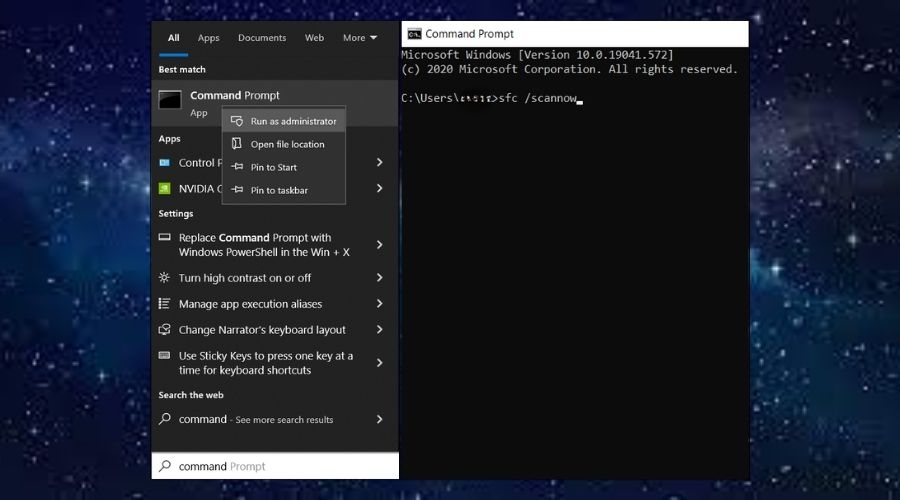
9. Check for Software Conflicts
1. Think about any new software or updates you have installed recently.
2. Consider uninstalling recent software to see if it resolves the issue.
3. Restart your computer after uninstalling to see if the error persists.
10. Perform a Clean Boot
1. Press Win+R and type msconfig to open the System Configuration window.
2. Go to the Services tab, check Hide all Microsoft services, and click Disable all.
3. Go to the Startup tab and click Open Task Manager.
4. In the Task Manager, disable all startup items.
5. Go back to the System Configuration window, click OK, and restart your computer.
11. Run DISM
1. Open “Command Prompt” as an administrator.
2. Type DISM /Online /Cleanup-Image /RestoreHealth and press Enter.
3. Wait for the process to complete.
4. Restart your computer once the process is finished.
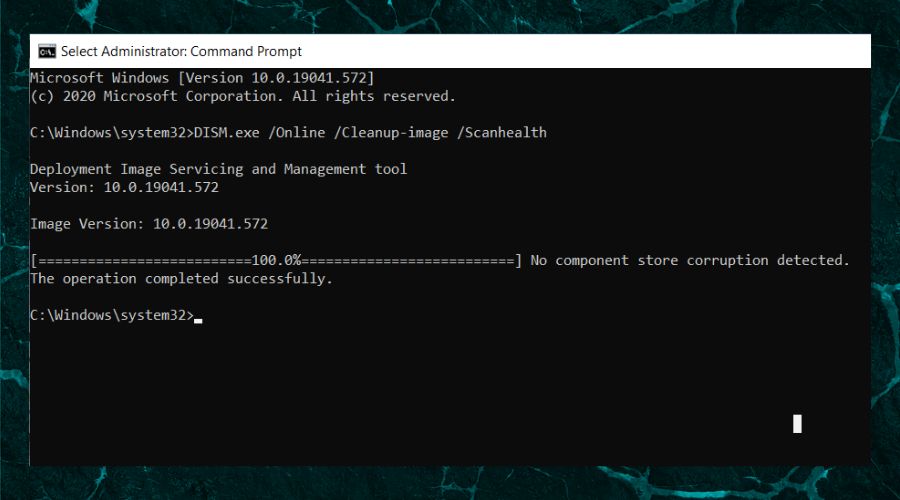
12. Check for Malware
1. Open the Windows security go to the Virus & threat protection.
2. Perform a Full Scan from the Scan options.
2. Restart your computer after the scan and removal process is complete.
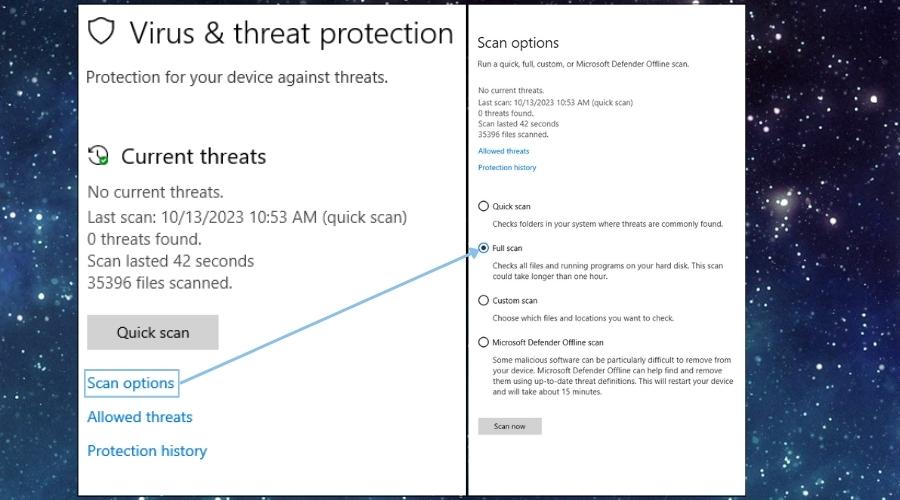
Tip: Avoid the following tune-up tools with malware potential.
13. Restore Your System
1. Type create a restore point in the Start menu search bar and select the application.
2. Go to the System Protection tab and click System Restore.
3. Follow the prompts to choose a restore point and start the restoration process.
4. Wait for the process to complete and restart your computer.
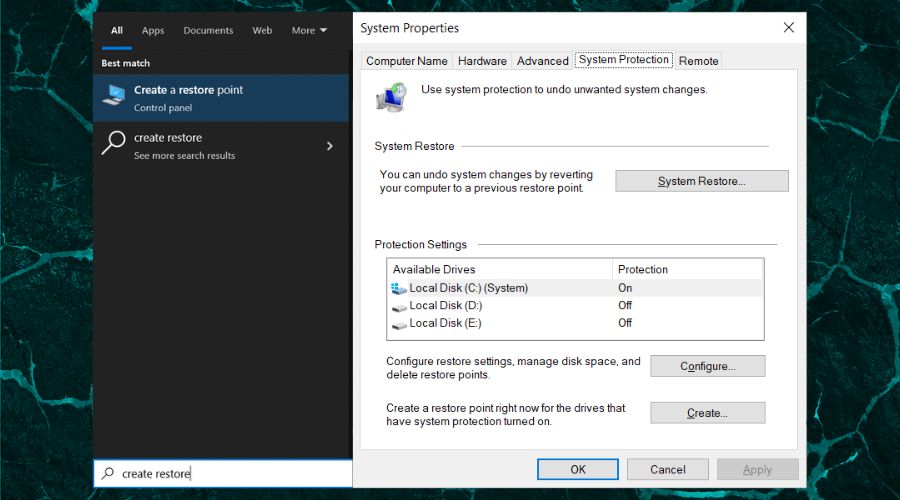
14. Disable your VPN
1. Open your VPN software.
2. Find the option to disconnect or disable the VPN and select it.
3. Restart your computer and check if the error persists.
Messages that might appear with the System Service Exception Netio.sys error:
- IRQL_NOT_LESS_EQUAL: This error indicates a problem with memory access, often due to incompatible or outdated drivers.
- NTFS.SYS (System_Service_Exception): This error is related to issues with the NTFS file system, potentially caused by corrupted files or driver conflicts.
- SYSTEM_THREAD_EXCEPTION_NOT_HANDLED: This error occurs when a system thread generates an exception that the error handler does not catch, often due to faulty drivers.
- PAGE_FAULT_IN_NONPAGED_AREA: This error indicates that the system requested data from the RAM that should have been present but was not, possibly due to faulty hardware or a driver issue.
The System Service Exception Netio.sys error can be caused by a variety of issues, but with patience and careful troubleshooting, it is possible to resolve. Make sure to go through the solutions one by one, and check if the Blue Screen of Death error persists after each step. If you’re ever in doubt, don’t hesitate to ask a professional to prevent further damage to your system.




